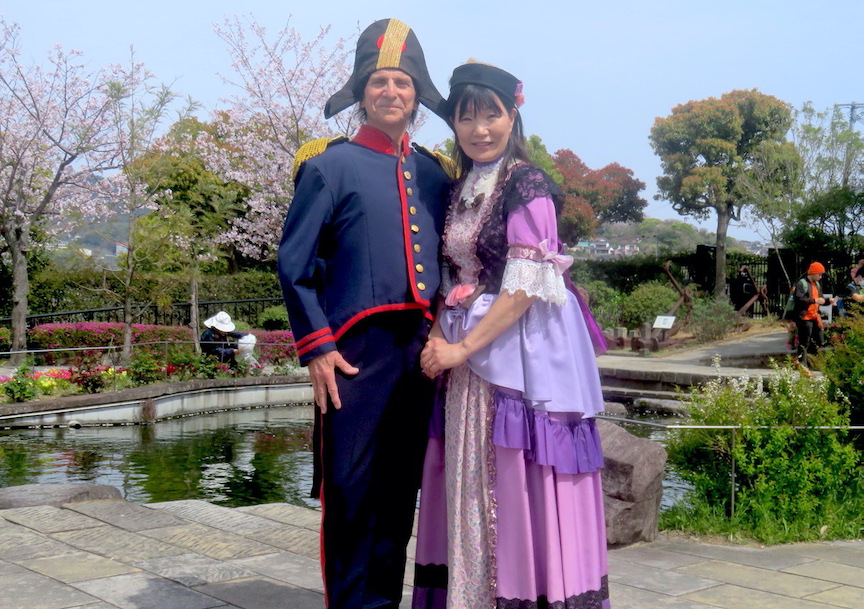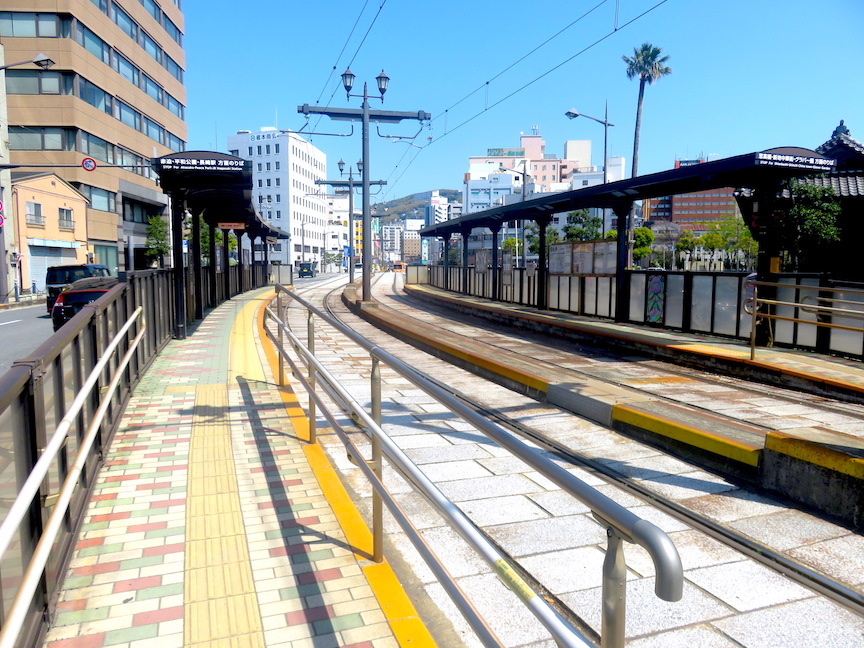Every modern country is struggling to deal with the pressures of new technology, pressures which are accelerating exponentially as new technologies accelerate in number, sophistication, and appeal. YouTube, TikTok, Instagram, Facebook, games, smartphones, tablets are all in the mix, offering on the plus side unparalled opportunities for learning and communication, quick and easy ways of getting things done, but on the negative side pulling our focus, scattering our energies, wasting our time, and attenuating our capacity for deep, extended concentration.
We deal with this as adults. Similarly kids are more distracted and tempted with the fun, ease and convenience of technology than ever before. With each passing day, there are more and more technical shortcuts for just about any task.
Now with AI, we apparently have at our fingertips a tool to get just about anything done . . . EFFORTLESSLY! Type, hit enter, BINGO! A new song, a new poem, a novel, an article on just about any topic, a plan to conquer the world!
Maybe I’m too stuck in a legacy paradigm — after all, I am a product of celebratory mating prompted by victories over Germany and Japan . . . a Baby Boomer! — or maybe there are truisms which simply are timeless.
Here’s one I believe makes sense: Human satisfaction and personal reward is not necessarily in getting something done, but in doing that something, i. e. the effort to do it.
You can buy a computer program that plays an incredible game of chess. But the real reward comes from playing an incredible game of chess.
Same with music. I know I could buy some AI software which writes on command whatever kind of song I might want to hear. Is that supposed to somehow compare with the incredible child-like joy, the exhilaration I get from writing — however good or bad it turns out — a song myself?
That concept is not lost on teachers here in Japan. My wife, Masumi, teaches music in a nearby school system. She competes with computer games, the internet, iPhones, yes the entire array of distractions which her elementary students carry around with them — and the increasingly pervasive levels of ADHD which the foregoing produce — still manages to teach her kids how to play and how to appreciate music. She deserves a medal!
Masumi loves to show me success stories she comes across, examples of how the educational system in Japan serves the real needs of students and doesn’t abandon its core mission by pandering to the latest technological fads.
Here are two such examples. These are not Masumi’s students, because she teaches grades 2 through 6, elementary level. These examples are — are you ready for this? — nursery school kids! That means 5 and under! Try to process that as you watch the Yayoi Nursery School orchestra play a piece from Phantom of the Opera.
Here is a performance at the Toddler Music Festival, playing excerpts from Camina Burana.
Are you impressed?
I know I am!












